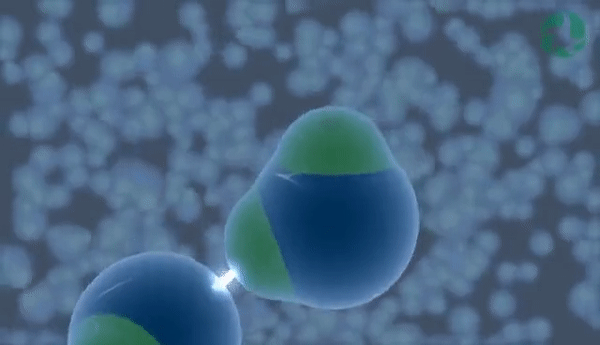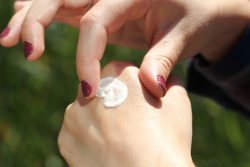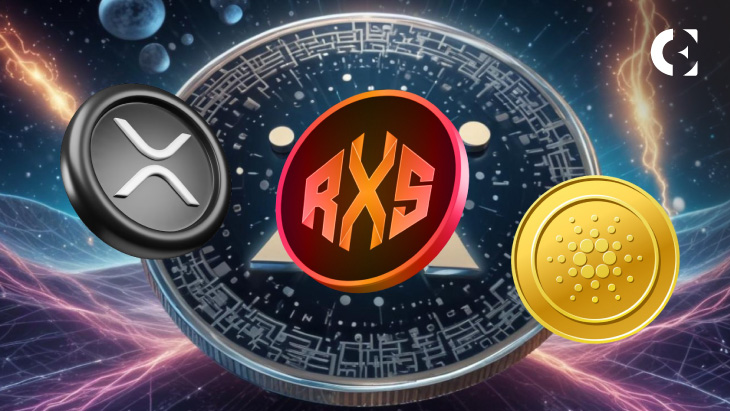
With the naming of the molecules in the books, I promise you that you’ll never have to go through a similar gauntlet again (really, chemistry is the only discipline with this level of variation – kudos to all chemists for your mastery of the subject).
Molecules can get fairly hairy the larger they get. And we’ll see a few examples when we end up talking about biological topics. But, for now, I want to settle a few of the more bureaucratic odds and ends of molecules. Let’s start with bond angles and lengths.
Lewis Structures and Ball-And-Stick Structures
In the second section of this arc, I made sure to include two representations of most molecules. Those that showed the atoms and the bonds between them were Lewis structures – simplified two-dimensional models that show what’s going on between the atoms and the electrons they share. The other were “ball-and-stick” structures, three-dimensional models that are closer to a general representation of what the molecule actually looks like.
The difference between the two is that you can draw a Lewis structure however you wish, ignoring how those atoms react to each other within the molecule. Ball-and-stick models, on the other hand, have to be more accurate. These models are often computer-generated and used to show the shape of a molecule in a 3D space. An accurate 3D model can inform how two molecules interact with each other in any given space.
For the sake of our understanding, I made sure that both models looked similar. However, in reality, the bond angles and the length of those bonds between atoms are very much varied.
Bond Angles
As early as the Elemental Flow arc, we discussed how the energy of the atom increases the closer electrons get to each other. In response, electrons push each other away, sometimes even entering a different orbital to decrease energy as much as possible. So how, then, would an atom react to another nearby atom?
Well, what happens in the microscopic world sometimes happens in the larger, macroscopic world. This is one of those cases.
Just as electrons enter orbitals – particular places within atoms – to help keep their overall energy low, atoms enter specific positions in a molecule to keep their energy low. We denote those positions according to the angle between those atoms, or the bond angle.
Based on what we’ve already discussed, we know that atoms will try to not interfere with each other outside of forming bonds. Therefore, we can predict many of the bond angles between atoms as we know that atoms will tend to be as far away from each other as possible.
To use these predictive skills, we, first, have to go over a few molecules and acquaint ourselves with their bond angles and molecular geometry.








Leave a Comment